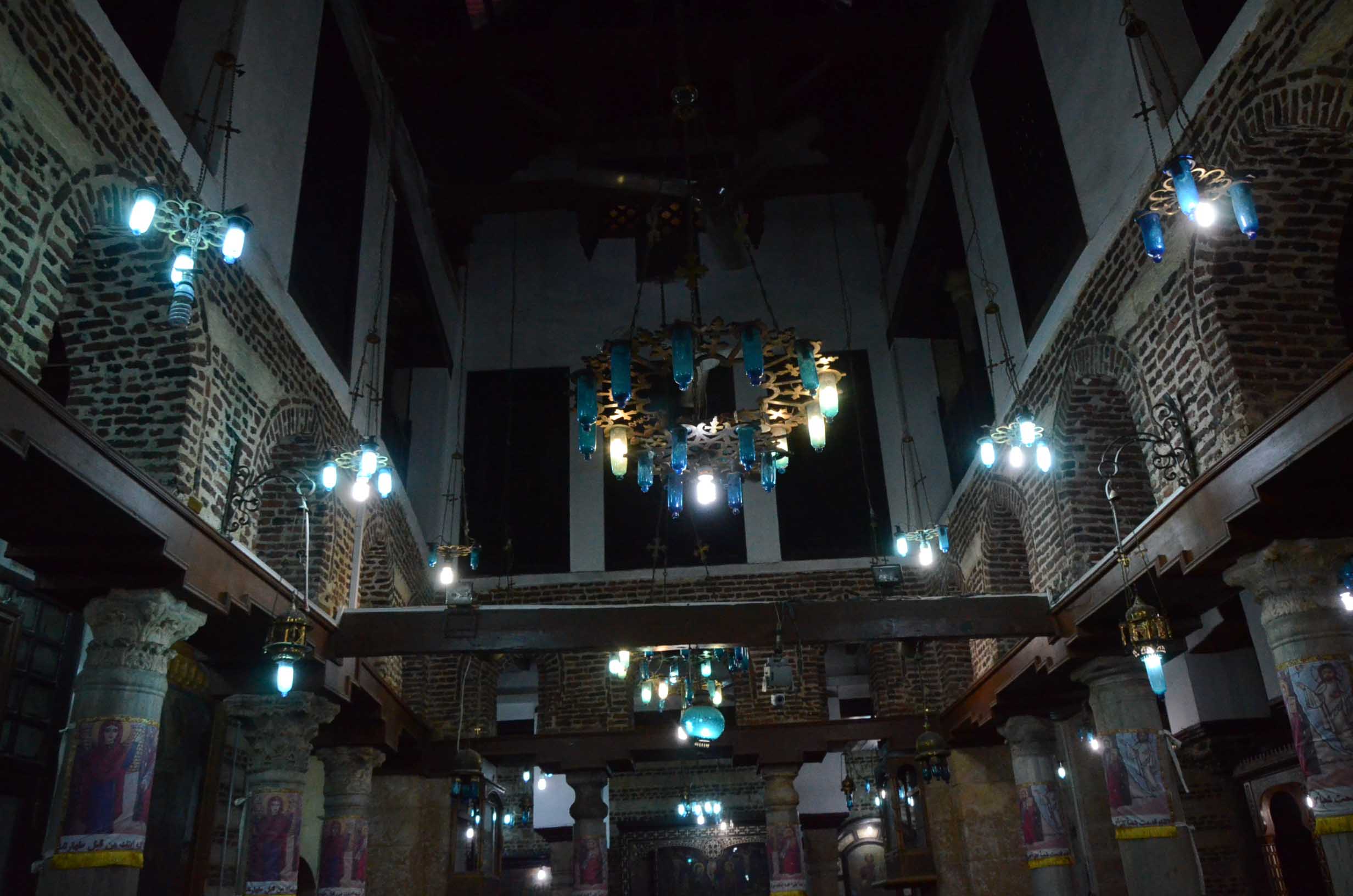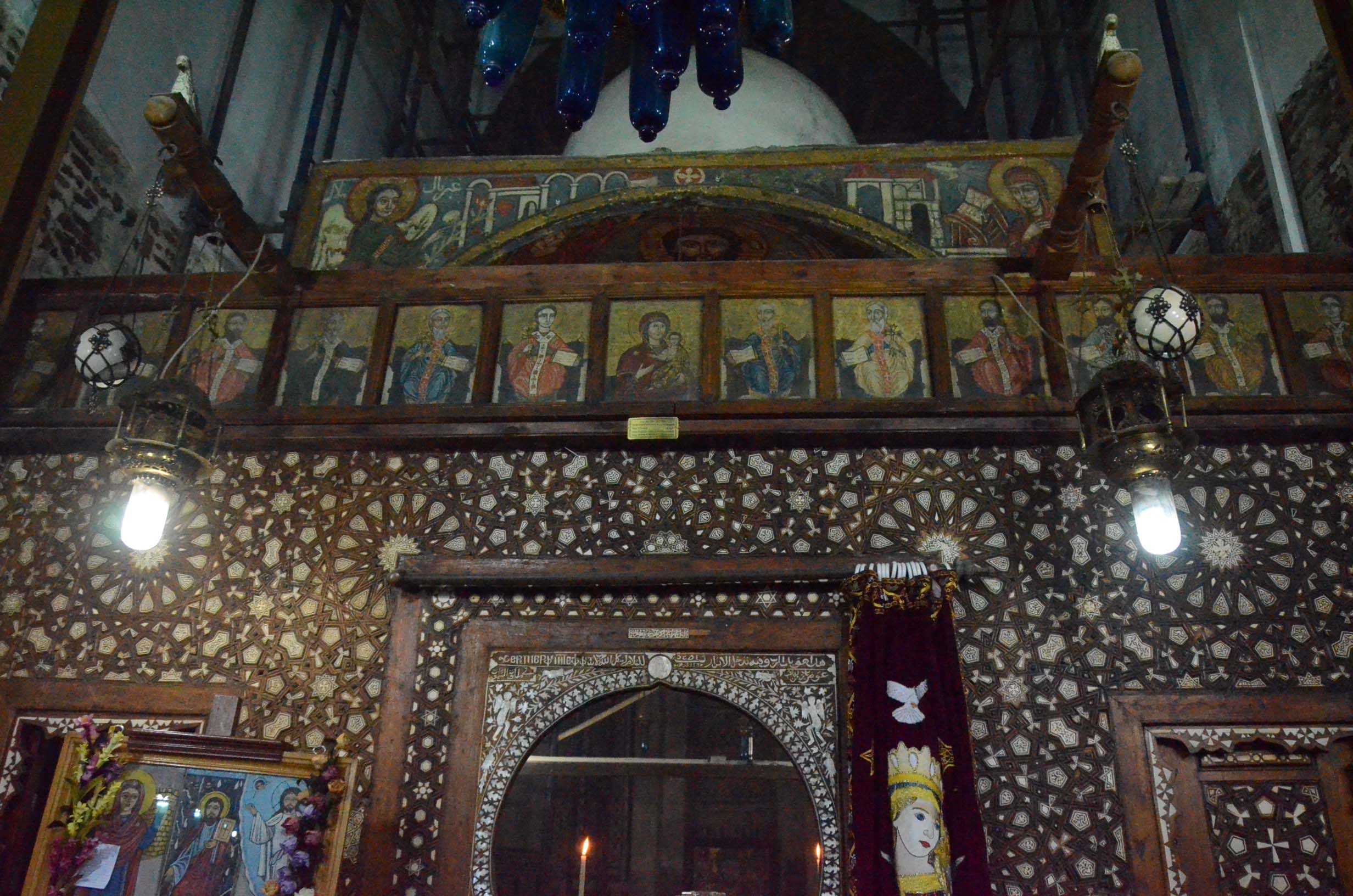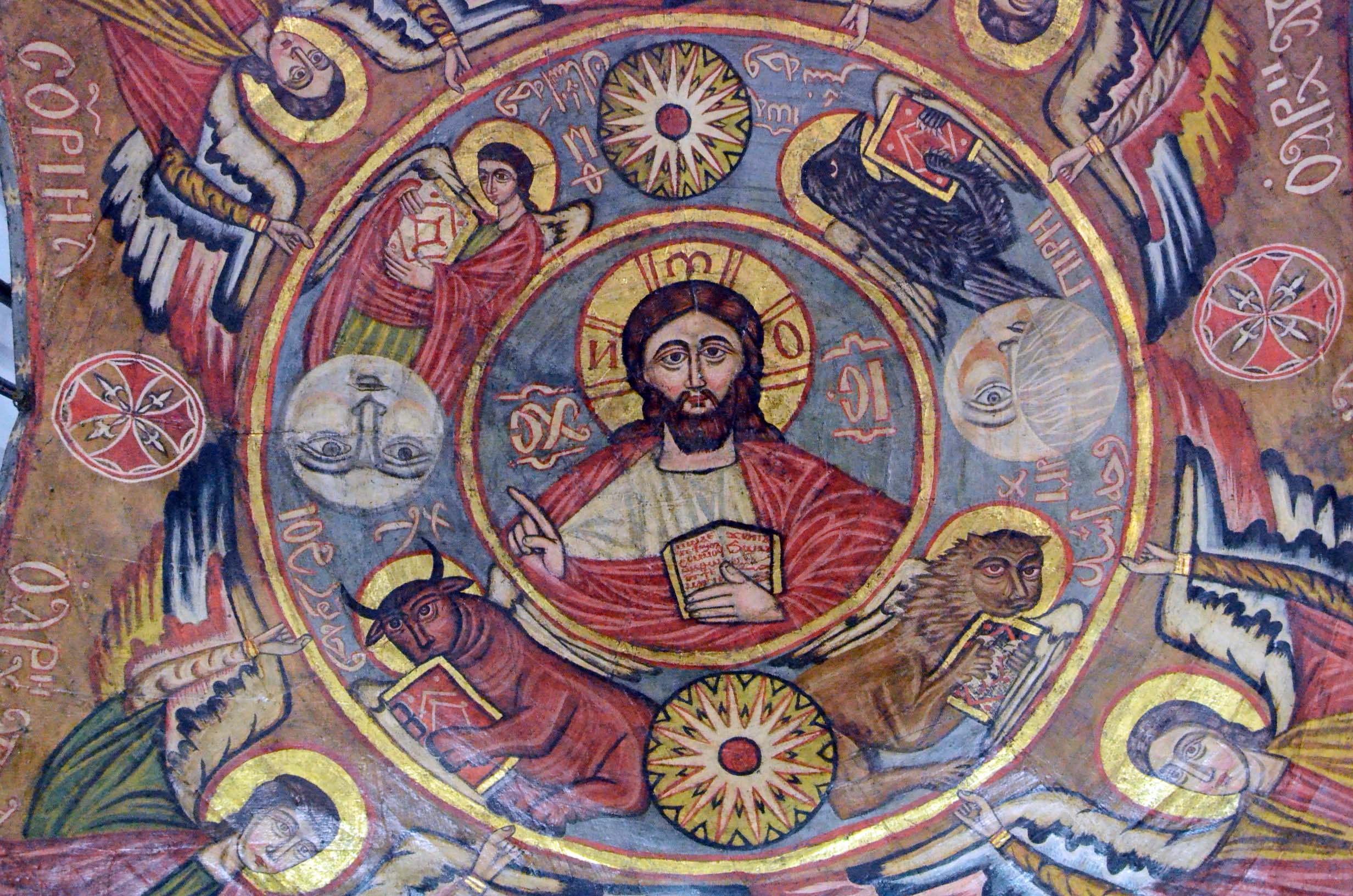This church has a long history and is known by more than one name, the Church of the Virgin Mary in Haret Zuwaila or the Church of the Virgin who melted the iron, because it was distinguished by the miracle performed by the Virgin Mary. Thanks to her prayers, the iron in the prison, in which the persecuted Christians were imprisoned, and with them Matthew the Apostle, was transformed into a liquid.
It was built by the wise Zylon in the fourth century AD in the year 352 AD in an area among the stations visited by the Holy Family.
And the name of Haret Zuwaila came to the presence of the sailors of Zuwaila and the name goes back to a Moroccan tribe “Zuwaila” that was used by Jawhar al-Siqilli during his founding of the city of Cairo, and after the demise of the Fatimid state and the advent of the Ayyubid state, the Zuwaila tribe returned to its original home in Morocco and this area remained with the same name.
The church consists of several churches and monasteries, the first of them is under the name of the Virgin Mary who melted the iron and the church of St. Mercurius Abu Sefein, which was built by the teacher Ibrahim El-Gohary from the 18th century, and it is topped by the monastery of the Virgin Mary for Nuns, from the 14th century, the church of St. George from the 12th century, and the monastery of the nuns of St. from the 13th century
This church was chosen to be the seat of the patriarchs for a period of 360 years, for 23 successive patriarchs from the year 1300 to 1660 AD, which is the largest period during which the patriarchal see sat in a place after its transfer from Alexandria.
In the church there is a shrine for the possessions of the patriarchs, which includes a group of relics, manuscripts, utensils and altar tools that were used in this era.
The design of the church is in the form of an ark or a ship, topped by a wooden truss, and at the same time it is shaped like a cross. The church is built in the basilica style, in the center of which is the nave and the columns divide the space into three sections – the middle nave, the right aisle, and the left aisle.


It contains unique antiques, treasures and icons. The iconostasis is made of wood from the 14th century and is inlaid with ivory and has Coptic inscriptions.
As for the marble artifacts, such as the marble standing dock, raised on four pillars, symbolizing the four omens and the four gospels.

In the nave of the church there are 12 columns and all the columns are white topped by a column capital, and at the end of the church from the southwestern side there is a column of dark color and rough texture, which symbolizes Judas Iscariot.
Column capitals represent the Egyptian civilization and all Egyptian history, where there are capitals from the ancient Egyptian era, the Greek era, the Roman era, the Coptic era, and capitals from the Islamic era. The church is more than 1,600 years old, with diverse eras and civilizations.
It is said that after the Copts helped Salah al-Din al-Ayyubi in the battle of Beit al-Maqdis, he ascertained their patriotism, rewarded them with the restoration of churches such as the Hanging Church and the Church of Haret Zuwaila.
The capitals of the columns were in stores, so they were arranged randomly, so the capitals varied.
The artifacts in this church, including rare icons such as the “miraculous icon”, are inside the chapel in which the Holy Family rested in. Also, the icon of the cross. It is found after the first khorus in the church. One of the most famous and oldest icons in the church is the icon of the Seven Great Feasts of the Lord, from the 12th century in the year 1186 AD. It is called the Golden Tablet, painted by a painter from menoufeya.











